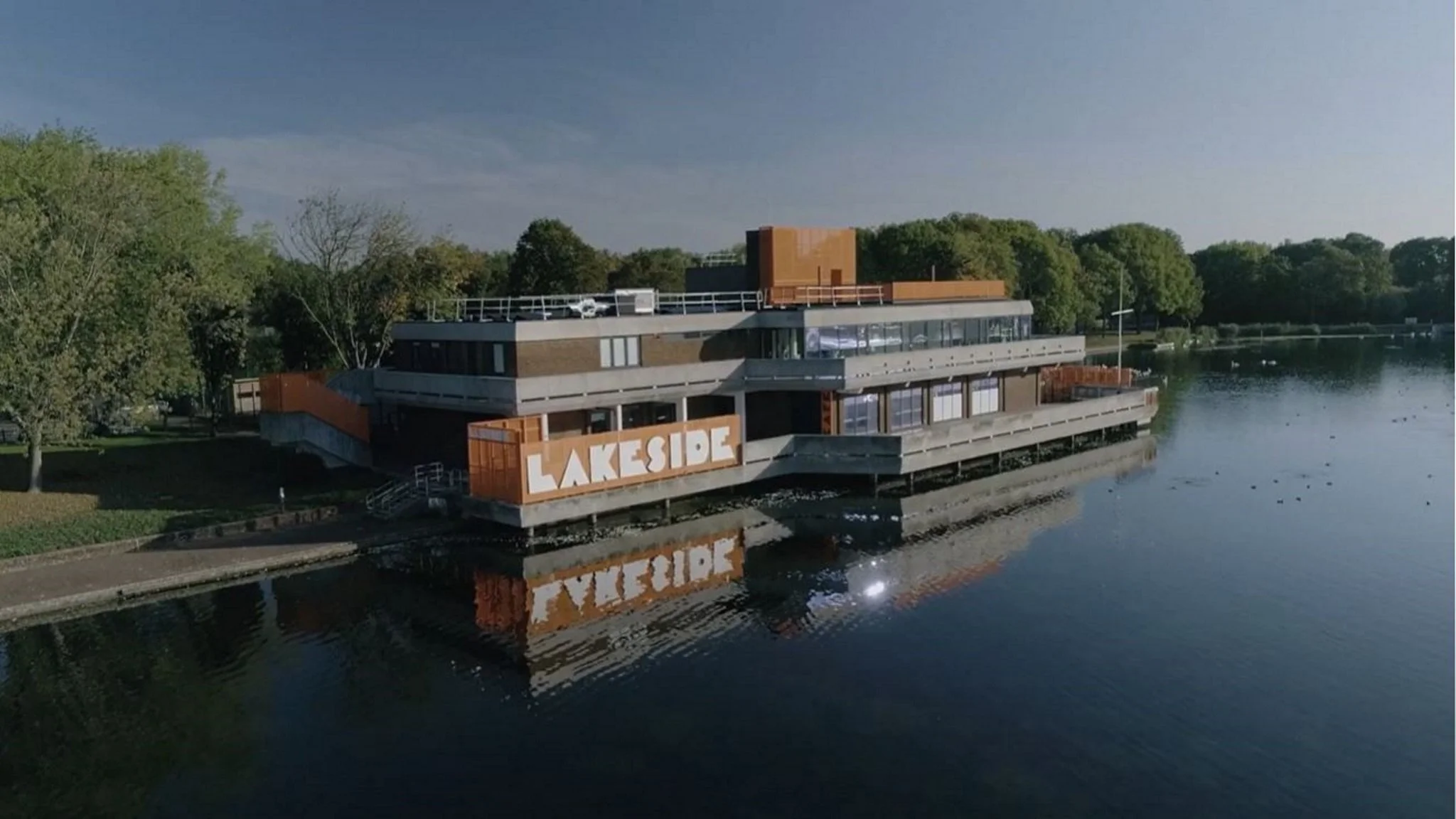Institutional Reinvention and Retreat
Galleries and cultural organisations are rethinking sustainability and purpose amid shifting economic and social landscapes.
The cultural sector is entering a period of profound introspection. As economic pressures intensify and audiences demand more transparency and relevance, many institutions are questioning whether the old models of growth and visibility still hold. This moment is not defined by a single trend but by a complex negotiation between contraction, reinvention, and the search for purpose beyond market imperatives.
Tim Blum’s decision to step away from the traditional gallery system after decades of shaping global careers signals a deeper fatigue with the relentless cycle of fairs, openings, and competitive branding. His departure underscores an uncomfortable truth: even successful institutions can become exhausted by the expectation of perpetual expansion. It also raises a question about what sustainability really means when the cost is the erosion of personal and cultural values.
In contrast, Bow Arts’ recent acquisition of the Lakeside Centre in Thamesmead represents a different kind of recalibration. Rather than stepping back, the organisation has committed to embedding itself more deeply in its local community. The purchase is not simply about securing physical space. It reflects a belief that cultural infrastructure can be a stabilising force in rapidly changing urban environments. By prioritising affordability and accessibility, Bow Arts is proposing a model that is both pragmatic and aspirational.
The expansion of without SHAPE without FORM in Slough further illustrates how institutions are redefining their purpose. The organisation’s decision to double its footprint and integrate art with spiritual and mental wellbeing speaks to a growing recognition that creative spaces can also be spaces of care. This holistic approach challenges the idea that galleries exist only to showcase objects. Instead, it suggests they can be catalysts for collective resilience.
These developments align with the SUPERWRX philosophy that sustainability is less about scale than adaptability and clarity of intention. Institutions that survive the next decade will likely be those that balance ambition with humility, remaining open to reinvention without losing sight of their core values.
For audiences and practitioners, this moment invites reflection on what we expect from cultural organisations. Should they aspire to constant growth, or can they find strength in staying small, local, and responsive? As institutions reimagine themselves, the most compelling experiments may be those that understand survival as an ethical project, not just an economic one.
Examples:

